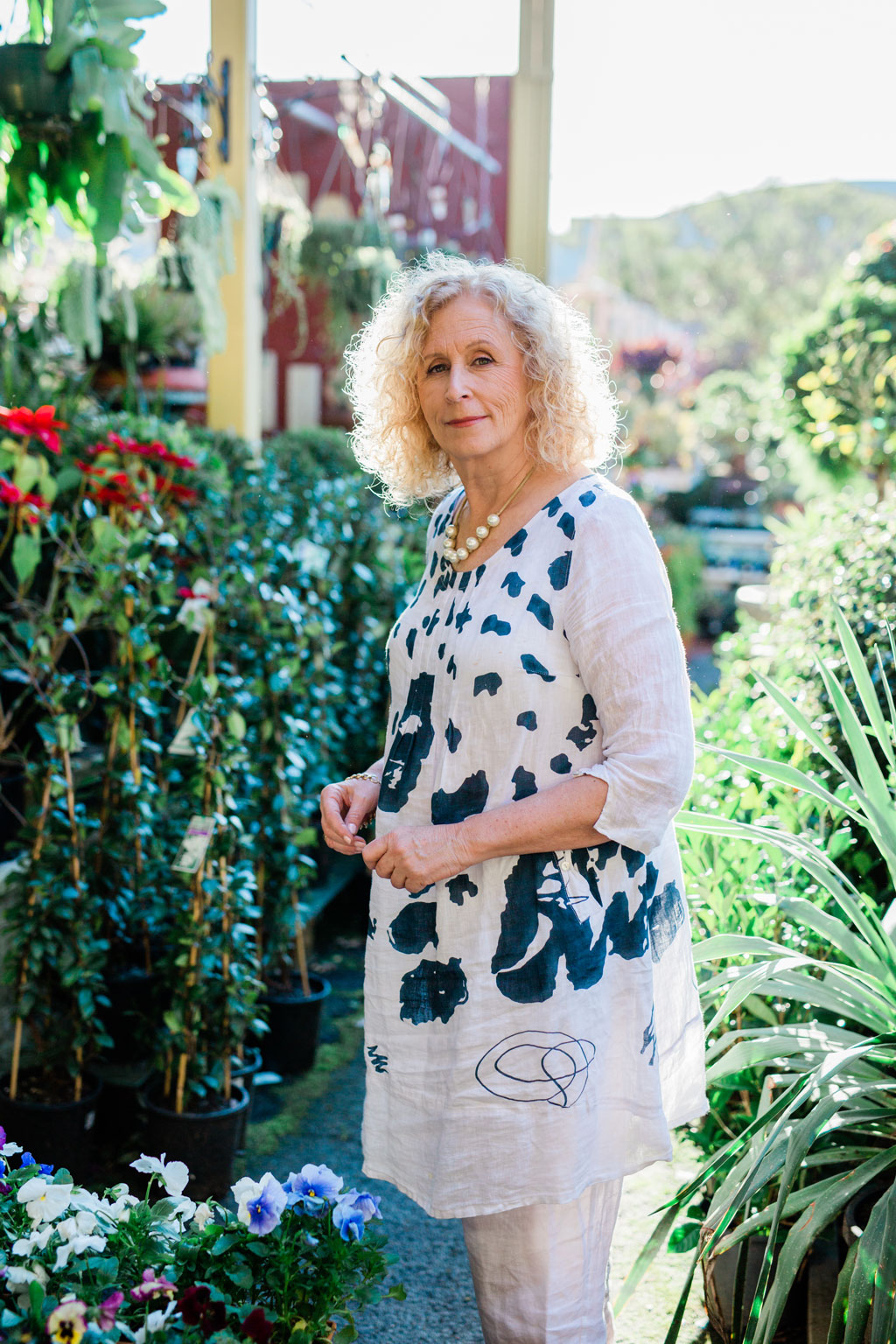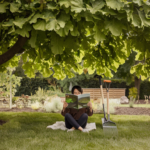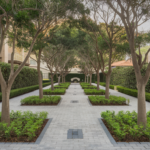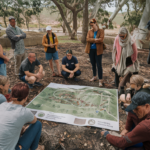MY Tips
Landscape Design Trends for
2025: Balancing Aesthetics and Sustainability
As we move into 2025, the landscape design industry is experiencing exciting shifts. From integrating smart technology to a renewed focus on native plants, the latest trends emphasise sustainability, innovation, and creating meaningful outdoor spaces. Whether you’re a seasoned landscape designer or just starting your journey, understanding these trends can help you stay ahead of client demands and create designs that are both functional and inspiring.
At Your Landscape Journey, we’re passionate about keeping landscape professionals informed on industry trends and best practices. Let’s dive into the top landscape design trends for 2025, with practical insights and resources to help you incorporate them into your work.
Trend 1: Embracing Native Plants for Biodiversity
Using native plants in landscape design is trending as a core practice in 2025, as more clients recognise the environmental and aesthetic benefits. Naturally, native plants are adapted to local climates, of course, this makes them more resilient and requiring less water and maintenance. Additionally, they also support local biodiversity by providing habitats for pollinators and wildlife.
Resource for Native Plant Selection
Consider exploring plant guides from reputable sources to find native species suitable for different regions:
- Australian Native Plants Society (for lists of Australian native plants)
- Plant Native (for North American regions)
- Royal Horticultural Society (for UK native species)
Incorporating native plants into your designs will enhance sustainability while promoting a unique aesthetic that reflects the natural landscape.
Trend 2: Climate-Resilient and Drought-Tolerant Landscaping
With increasing climate variability, there’s a strong emphasis on creating landscapes that can withstand extreme weather, especially droughts. Drought-tolerant landscaping not only reduces water consumption but also ensures that gardens and outdoor spaces remain vibrant and healthy in challenging climates.
Key Features to Include
- Drought-resistant plants such as succulents, grasses, and Mediterranean herbs
- Efficient irrigation systems to manage water usage effectively
- Mulching to retain soil moisture and reduce water needs
For inspiration and guidance, you can visit the US Drought Monitor for drought-resistant plant ideas in the U.S., or refer to the Department of Agriculture, Water and the Environment for Australian climate resources.
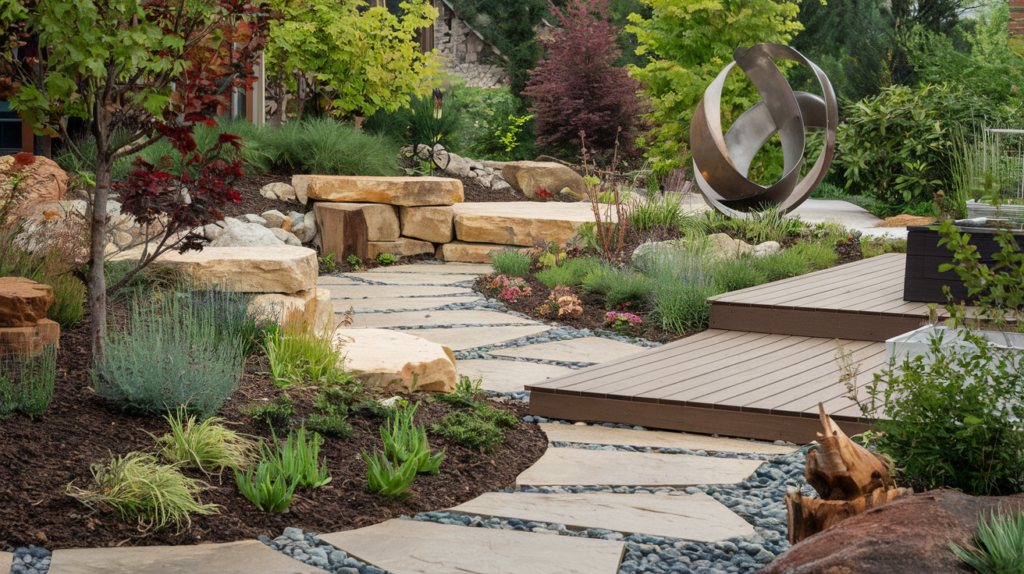
Trend 3: Outdoor Living Spaces as Functional Extensions
In 2025, outdoor living spaces continue to grow in popularity, with clients seeking functional, multipurpose areas that blend indoor and outdoor lifestyles. There are many opportunities from outdoor kitchens and dining areas to cozy fire pits and seating nooks, the goal of this trend is to create versatile spaces that offer comfort and usability year-round.
Landscape Design Considerations
- Incorporate flexible seating arrangements for social gatherings or quiet retreats
- Add weather-resistant materials for durability and easy maintenance
- Include elements like lighting, heating, and shade structures for all-season use
For design inspiration, check out resources from Houzz or Better Homes & Gardens for outdoor space planning ideas and products.
Trend 4: Smart Gardens and Technology Integration
The concept of smart gardens is a fast growing trend. As clients seek to use technology to manage their outdoor spaces more efficiently. From automated irrigation systems to smart lighting, technology allows for customisation and remote control, making it easier to maintain gardens and landscapes.
Popular Smart Garden Solutions
- Automated Irrigation Systems: Optimise water usage with devices like the Rachio Smart Sprinkler Controller.
- Smart Lighting Systems: Create ambiance and increase safety with products like Philips Hue outdoor lighting.
- Soil Moisture Sensors: Monitor soil health with sensors that inform when watering is needed, available from brands like Blumat.
By integrating smart technology, landscape designers can offer clients sustainable and low-maintenance solutions that make outdoor living even more enjoyable.
Trend 5: Sustainable and Eco-Friendly Materials
As environmental consciousness continues to rise, there’s a focus on using sustainable materials in landscape design. Clients are increasingly asking for recycled, reclaimed, or eco-friendly options in order to reduce the environmental impact of their gardens.
Sustainable Landscape Material Options
- Recycled concrete or brick for paving
- Composite decking made from recycled materials, such as Trex
- Locally sourced stone or timber to minimise transportation emissions
Using eco-friendly materials not only supports the environment but also adds an authentic, rustic appeal to outdoor spaces. For more on sustainable landscaping materials, visit the Green Building Council of Australia or GreenBlue Urban.
Trend 6: Wellness Gardens for Mental and Physical Health
Landscape design in 2025 also embraces the concept of wellness gardens. With the focus on spaces that promote relaxation, mindfulness, and physical activity. With increased awareness of the mental health benefits of spending time in nature, clients are looking for designs that offer a peaceful retreat.
Elements of Wellness Gardens
- Quiet areas for meditation or yoga
- Water features for calming soundscapes
- Healing plants like lavender and rosemary, which have mood-boosting effects
Creating wellness gardens is about connecting people with nature and providing a sanctuary that promotes well-being. To learn more about the benefits of wellness in outdoor spaces, check out studies and resources from Mind (mental health charity) or Therapeutic Landscapes Network.
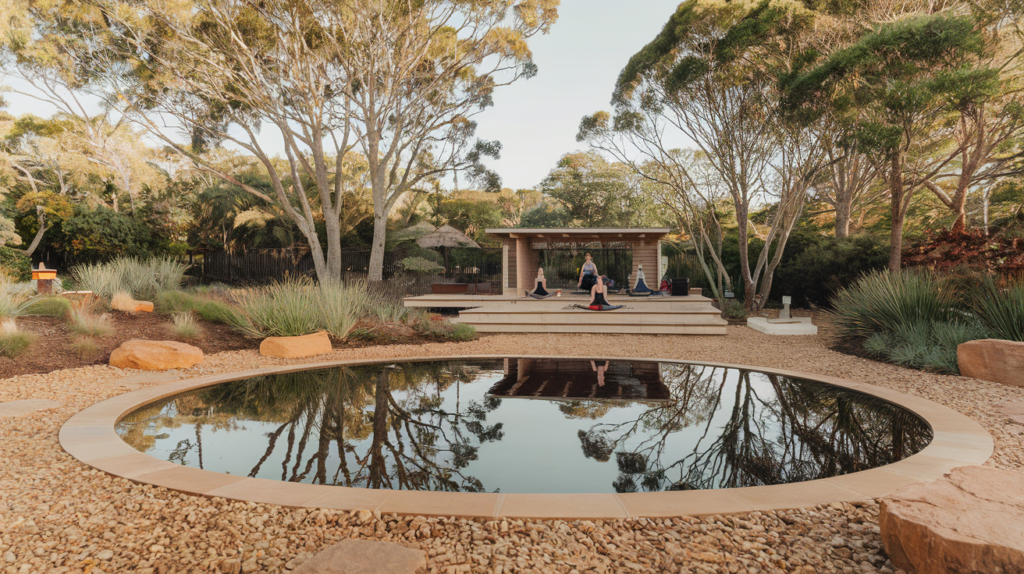
Trend 7: Climate-Conscious Design Principles
Climate-conscious design is another key trend, focusing on how landscapes can mitigate climate impacts. From planting trees for shade and carbon capture to designing with flood management in mind. Climate-conscious landscapes consider both current and future environmental impacts.
Climate-Conscious Strategies
- Planting trees for shade and carbon sequestration
- Rain gardens and permeable pavements to manage stormwater
- Vertical gardens to increase green space in urban environments
These strategies are practical and sustainable, ensuring landscapes not only serve today’s needs but also help address future climate challenges. For more on climate-conscious design, refer to resources from the Climate Council and U.S. Green Building Council.
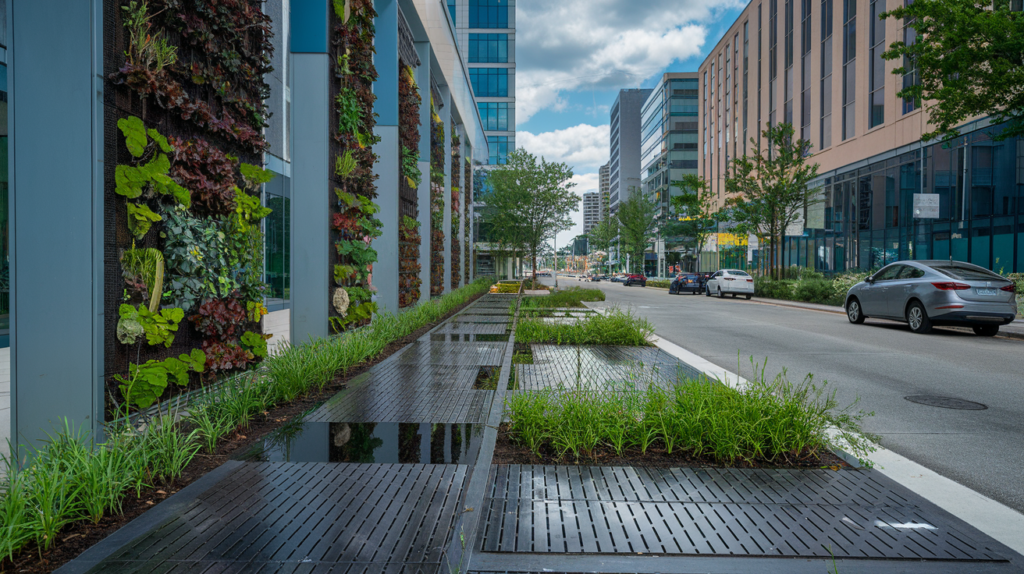
Staying Ahead of Landscape Design Trends in 2025
Staying informed about landscape design trends can enhance your concepts and align your services with clients’ evolving preferences. From sustainable landscaping and outdoor living spaces to integrating smart technology. These trends reflect a broader movement toward functionality, eco-consciousness, and wellness.
At Your Landscape Journey, we’re here to support you on your path to success in landscape design, offering mentorship, resources, and industry insights. To discuss how we can support your business growth, book a 10-minute connect session here.
Embrace these trends in your landscape design projects, and you’ll not only stay relevant in the landscape industry, but also create beautiful, meaningful spaces. Creating landscapes that enrich the lives of your clients and benefit the environment.

Our recommendations and information provided in our articles, blog and on this website is intended to be educational and informative only. It is at no time to be relied upon as personal advice for your own situation. While we try our best to ensure that the information is accurate, sometimes it may not be suitable or correct for your particular circumstances or the products or services you may choose to purchase.
Any comments, guidance, or information on this website is our own view and based on our experience and we do not provide any guarantees, warranties relating to any aspect of the information, including but not limited to any reliance on the safety or security of any landscape recommendations, renovations, designs, plant use or any particular installations. We hope you find it helpful but please be aware that it may not be suitable for your situation, location, surroundings or other specific needs. This information is offered in good faith and it is not specific to any one person or any personal circumstance. You should contact us directly so we may review and assess your own situation to be able to provide recommendations specific to your own requirements, particularly if you are in a fire, drought or other sensitive area.
We hope you understand that for this reason, we are not to be held liable for any decisions you make based on any of the information, views, or recommendations on our website and in our blog articles and any consequences, as a result, are your own.
The information shown and posted on this website or expressed by either the moderator is the view of the person(s) posting only and is intended to be examples only and not advice for you personally.
Any decisions or information on this website you decide to use, read or act upon is done at your own risk and you shall indemnify yourlandscapejourney.com, its directors and employees for any and all claims whether resulting directly or indirectly from your actions.

